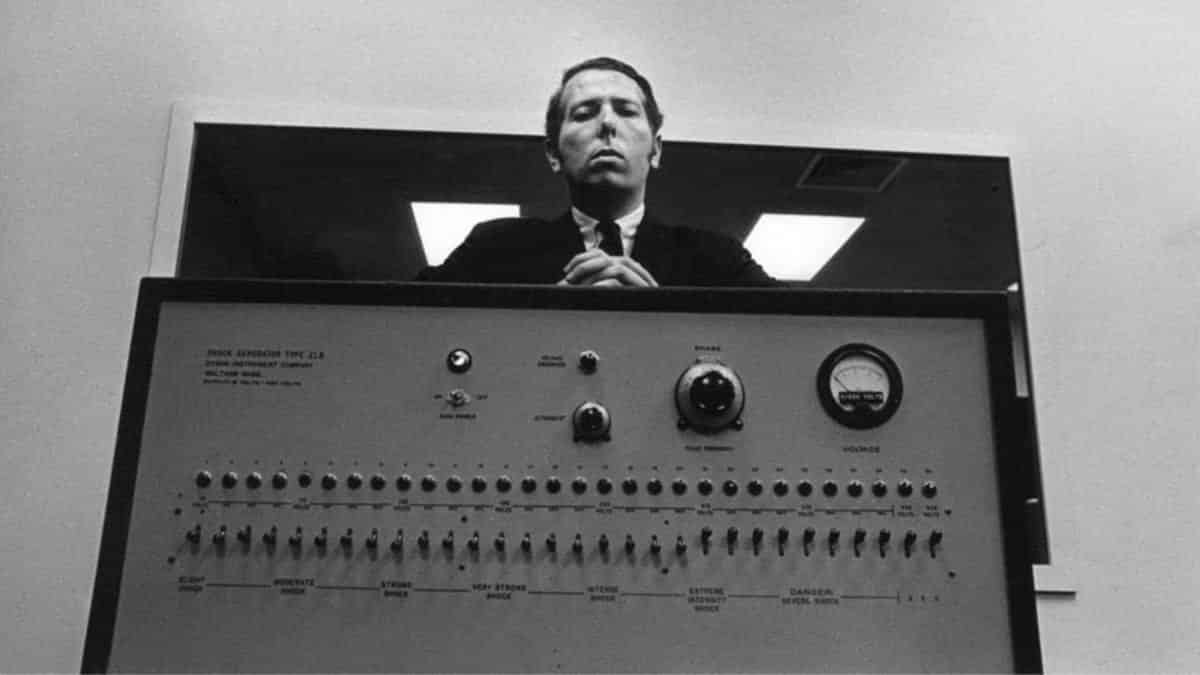Why do we obey authority? – The Milgram’s Experiment
The Milgram’s Experiment is considered one of the hot topics in the field of psychology. Though is one of the most controversial experiments of history.

Stanley Milgram, a psychologist at Yale University during the 1960s conducted a series of experiments that surprised in many terms. The whole experiment deal with research on the effect of authority on obedience.
The conclusion of Milgram’s experiment suggests That people’s nature of obeying often is either out of fear or out of desire so that they can appear cooperative even when their own thoughts or desire are mismatched. It was a controversial experiment that illustrates the conflict of obedience between authority and individual conscience.
Stanley Milgram in 1963 figured justification for mass genocide or the Holocaust, for those who are accused in the Nuremberg War Criminal Trial at World War II. The defense for the accused was left on the ground of their ‘obedience’ today authority that was in power, that they were just following the orders of authority. The trial of Adolf Eichmann- was held in Jerusalem in 1960, who was among major organizers of the Holocaust.
The Milgram Shock Experiment began in July 1961. Stanley Milgram invented a device “shock box”
for this experiment to answer-
“Could it be that Eichmann and his million accomplices in the Holocaust were just following orders? Could we call them all accomplices?” – Stanley Milgram, the book “Obedience to Authority” 1974
What was Milgram’s Experiment?
In simple terms, Milgram In 1963 aimed to examine whether Germans were showing obedience towards authority or superior is this was the common defense for the Nazi killings during World War II-related trials.
Milgram recruited 40 male subjects for this experiment using newspaper ads and offered $4.50 to each.
The Milgram device for this experiment ‘shock box’ had shock levels from in the range of 15 volts to 450 volts, increasing at an interval of 15 volts.
The respondents were told that an experiment was conducted to research “the effects of punishment on learning ability”.
All the respondents took the role of ‘teacher’ who has to deliver a shock to ‘student’ if they answer incorrectly. In reality, there were no shocks. “Student” as confederate was just pretending to be shocked in the experiment.
In response to shocks,” learner”(actors) what told to grunt at 75 volts, complain at 120 volts, to be released at 150 volts, lead with increasing vigor, increase scream at 285 volts. and after that learner has to yell loudly and complain of heart pain. Finally, at 330 volts the “learner” was told to be silent if any of the teacher participants got so far without rebelling first.
“Learner” was asked to refuse to answer at some points. Silence was considered as an incorrect answer resulting in administrating “teacher” to deliver the next shock level.
If at any point “teacher” hesitates or rebels to give a shock, the experiment pressured him to proceed.
What percentage of teachers deliver a maximum shock of 450 volts? or Did they refuse to proceed?
Result of the Experiment-
Some teachers refused to give shock early, despite urging from the experimenter, that was expected and considered normal as an act of morality, but what was shocking was the people who refused were the minority.
65% of teachers for those who will progress to the maximum limit of voltage.
There were different variations of Milgram’s Experiment conducted. From these experiments, Milgram divided participants into three categories-
• Obeyed but justified themselves – blaming others either experimenter or learner or both
• Obeyed but blamed themselves
• Rebelled – finally, those who challenge authority, behaving as per personal conscience
Those who challenged authority were the minority, but why? Whether due to the obedience of authority, a reason accepted by Milgram or there may be something more…?


